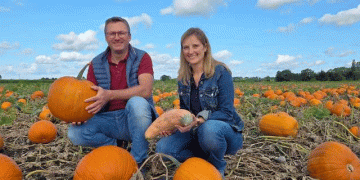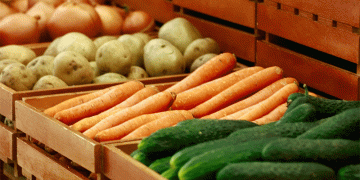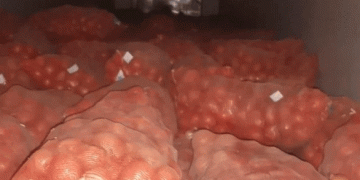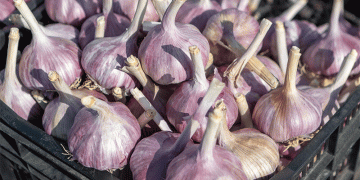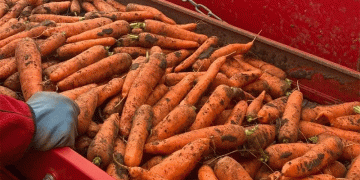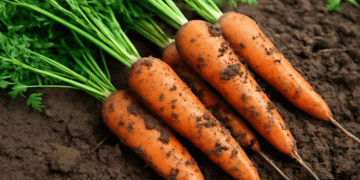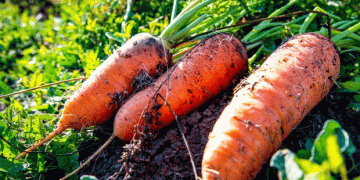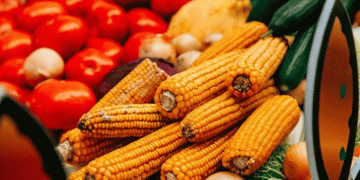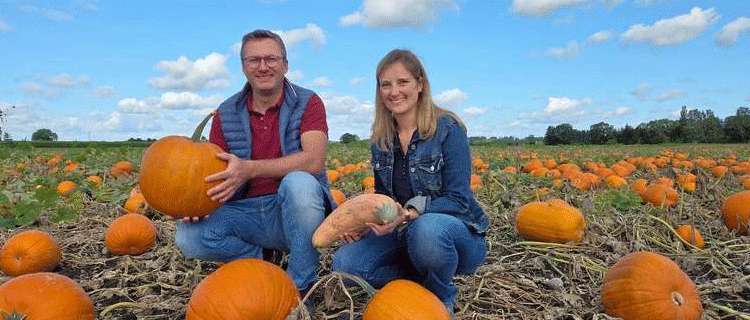For Martin and Veronika Strobl of Germering, Germany, this year’s harvest of 120 different pumpkin varieties was nearly a total loss before it even began. The culprit wasn’t disease or drought, but a pervasive and intelligent pest: crows systematically scavenging newly sown seeds. Their successful fight to save their crop demonstrates that for modern specialty crop producers, adaptability and proactive problem-solving are just as critical as traditional farming skills. For farmers, agronomists, and agricultural engineers, the Strobls’ experience offers a compelling case study in risk management and the protection of a high-value, diverse cropping system.
The challenge was acute. The crows, recognizing the tractor as a source of freshly planted seeds, would follow the machinery and dig up the seeds immediately after sowing. This “catastrophic seed predation” threatened the entire operation. As Martin Strobl stated, without intervention, the yield would have been “zero.” This is a significant and often underestimated risk. While comprehensive data on crop loss specifically to corvids (crows and ravens) is limited, a 2020 review in the journal Crop Protection highlighted that bird damage to newly planted crops can lead to complete stand loss in severe cases, necessitating costly replanting and disrupting the entire production calendar.
The Strobls’ solution was elegantly simple yet labor-intensive: they deployed a special agricultural fleece to cover the seeded rows immediately after planting. This physical barrier prevented the crows from accessing the seeds, allowing them to germinate safely. However, this innovation came at a cost. It required mobilizing seasonal workers much earlier than usual, significantly increasing the labor burden during a already busy planting season. This highlights a critical trade-off in agricultural engineering and management: effective pest mitigation often requires an upfront investment in labor and materials to secure the much larger investment in the crop itself. The American Society of Agricultural and Biological Engineers (ASABE) frequently publishes on novel planting and protection technologies, and this low-tech, high-touch solution underscores that sometimes the most effective tools are those that directly and physically address the problem.
Beyond the pest control success, the Strobls’ operation is a model of the economic and culinary value of crop diversity. By growing 120 varieties, including exotic types like ‘Eisenkopf’ and ‘Crown Prince’, they have created a niche market, distancing themselves from the standard supermarket offerings. This diversity is not just a hobby; it’s a business strategy that allows them to command premium prices and build a brand known for quality and uniqueness.
The near-disaster and subsequent recovery at the Strobl farm provide two powerful lessons for the agricultural community. First, it underscores the necessity of continuous field monitoring and the willingness to adapt quickly to emerging biotic threats, even those as seemingly mundane as bird pressure. Second, it champions the business case for genetic diversity, showing that cultivating a wide array of specialty varieties can build a resilient and profitable brand that is less susceptible to commodity market fluctuations. The farm’s success is a testament to the fact that modern farming requires both a deep understanding of ecology and a shrewd business strategy, where protecting a diverse and high-value crop is worth the extra labor and ingenuity.
